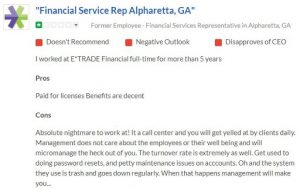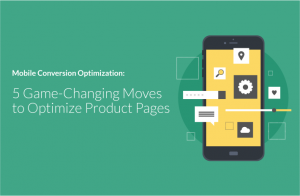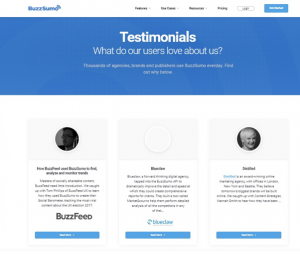— October 23, 2017

I was recently conducting research for a Webinar I conducted on social selling. It was the typical “Social Selling 101” session that it seems everyone in this space conducts, but I wanted to beef it up with statistics from this world.
I found a lot of statistics. I mean… a lot.
While I figure that having so many stats out there about social selling is a good thing—it means people are talking about it—it can be overwhelming to boil it all down to just a few numbers that really prove social selling is much more than just being the new flavor in sales.
With that in mind, I’ve chosen three sets of statistics that speak to the success of social selling, and why I believe it is well-worth adding to an already well-rounded sales methodology. I’ll also give you the sources of the stats, so you can confirm them for yourself.
Referrals: The Potential King Makers
Many of us have asked family and friends for referrals; I recently asked a neighbor who re-roofed his house so I could contact the company, as he was very satisfied with the results. It’s the same kind of process with social selling, except you can take things one step further by asking to be introduced to people in your 1st-degree connections’ networks. (This is assuming that you already have great relationships with the people already in your network.)
Here are the stats:
- 84% of B2B buyers are now using referrals to start their company’s procurement process
- More than 90% of all B2B buying decisions are now being influenced by peer recommendations
(Source: Harvard Business Review; the sources HBR used are linked to within the article.)
Buyers Are On Social and Ready to Purchase
While most everyone we know is using social to some degree, some questions still linger about the B2B buyer being there and if they’re ready to buy. These figures should answer those queries:
- 46% of B2B-purchasing decision makers are now aged 18-34, which is also the largest social media-using demographic
- 84% of B2B executives use social media to research purchase decisions, while 72% of B2B buyers use social media to research specific solutions
- 75% of B2B buyers are “significantly influenced” by social media
Here are the two stats I love the most and speak to the need for salespeople to be on social to engage with prospects:
- Buyers’ social media connections with potential solutions providers have risen by 57%
- 92% of B2B buyers use social media to engage with sales industry thought leaders (this is especially big)
(Source: Datanyze. The sources used by Datanyze are in the article I linked to.)
Your Competitors Are Already Using Social
If the first two sets of stats don’t convince you, the old “my competitors are already doing it” way of thinking should. In fact, 90% of top salespeople are using social selling tools, while just 71% of “overall” salespeople use them. This means if you desire to be on “top,” you’ll want to tap into the power of social selling.
Here are some other statistics for your number crunching pleasure:
- 68.9% of salespeople use social selling tools for lead development
- 64.5% use these tools use them for account research
- 60.3% use social selling tools for call preparation
You can also use these tools for “reduced account/contact research time;” that’s what 39% of your fellow salespeople use them for.
And just in case you’re looking for the WIIFM (what’s in it for me) factor for individual salespeople:
- 78% of reps who use social selling practices outsell their peers
- 63.4% of those reps who use social selling reported an increase in corporate revenue; that’s compared to 41.2% of people who didn’t use it
- 23% of social sellers were more likely to exceed quota, while just 10% of non-social sellers expected to go above quota
(Sources: Brainshark, Datanyze. Ditto the sources links here.)
What it All Means
To me, it all boils down to one idea: social selling is starting to gain maturity in both sales-related circles and within companies (especially larger enterprises).
When I’m training the employees of our client companies, I always tell them as they’re starting out, doing all of these social selling-related activities our platform reinforces them to do seems like “separate” work. That feeling goes away, though; and soon enough, all of those “social selling” activities will become just plain ol’ selling activities in their minds.
What’s more, this mind shift happens quicker than you might think, especially when you’re seeing success from what you’re doing.
A similar version of this article originally appeared on LinkedIn.
Digital & Social Articles on Business 2 Community
(64)






